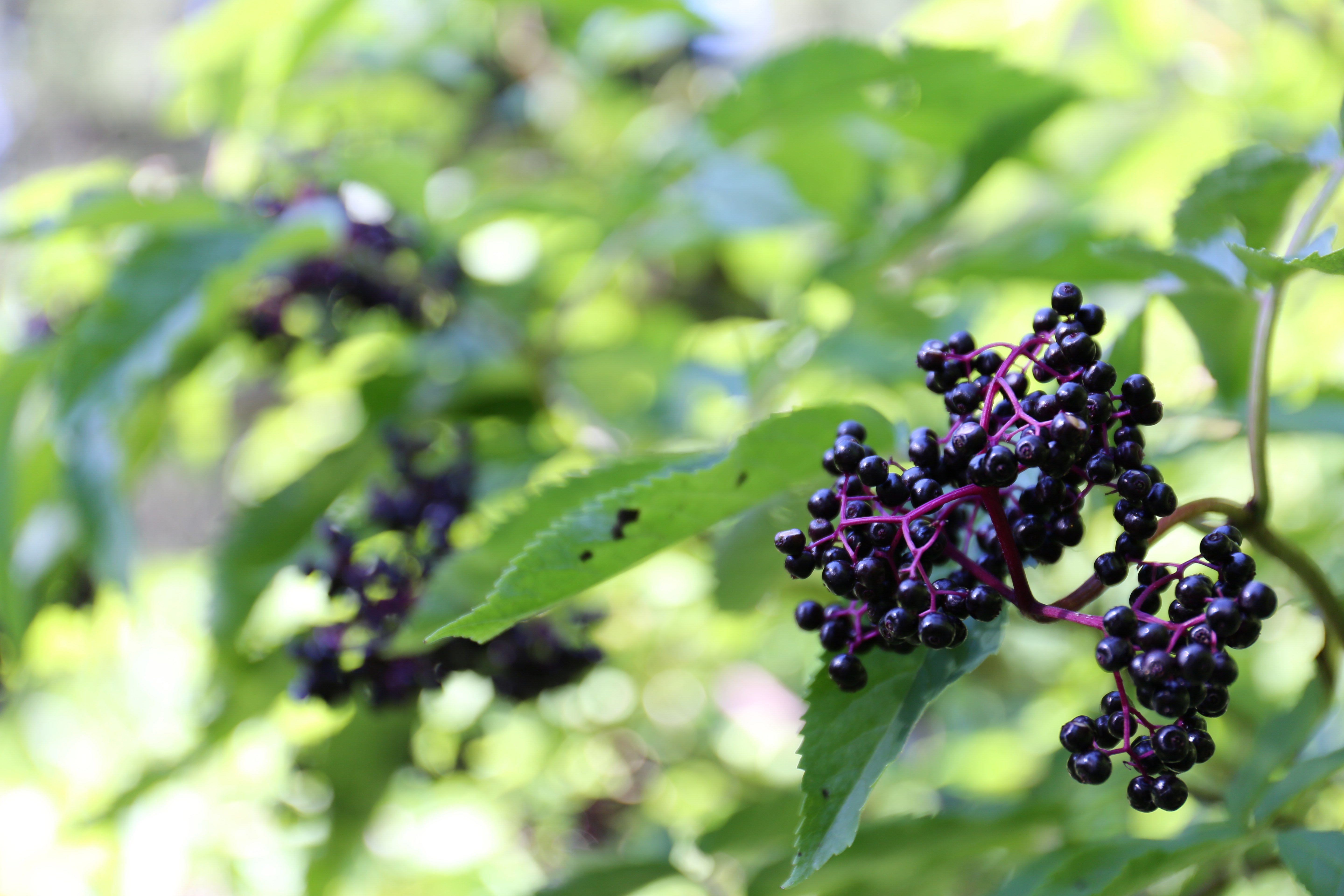
As a lad I studied latin.
I loved it, they always said it was impractical and that it was a dead language.
Well, it turns out latin is used in science quite a bit. And botany is no exception. I use latin every day!
Botany is the scientific study of plants and the tree of life is a way to classify and understand the relationships between different species. The tree of life is a diagram that shows the evolutionary relationships between different groups of organisms. At the base of the tree of life are the single-celled organisms, and as you move up the tree, you get to more complex forms of life, including fungi, animals, and plants.
Plants are a diverse group of organisms that are typically characterized by their ability to produce their own food through photosynthesis. They are different from animals in that they lack mobility and have a more rigid cell wall. However, plants are also different from fungi in that they produce seeds, have roots, and have specialized tissues for photosynthesis.
The classification of plants is based on a hierarchical system that starts with the Kingdom and ends with the species. The main categories in the classification of plants are: Kingdom, Phylum, Class, Order, Family, Genus, and Species.
Kingdom is the highest level of classification, and all plants belong to the Kingdom Plantae. Phylum is the next level, and there are several different phyla of plants, including Bryophyta (mosses), Pteridophyta (ferns), and Spermatophyta (seed-producing plants). Class is the next level and is based on the reproductive structures of the plants. For example, the Class Angiospermae includes flowering plants with seeds enclosed in an ovary.
Order, Family, Genus, and Species are the next levels of classification. The Order and Family are based on the characteristics of the flowers and leaves, while the Genus and Species are based on the characteristics of the plants as a whole.
The basic structures and components of plants include leaves, stems, roots, and flowers. Leaves are the primary site of photosynthesis, where the plant produces its food. They are typically flat and contain chlorophyll, which allows them to capture light energy. Stems support the plant and transport water and nutrients from the roots to the leaves. Roots absorb water and nutrients from the soil and anchor the plant in place.
Flowers are the reproductive structures of plants, and they come in many different shapes, sizes, and colors. They contain both male and female reproductive parts. The male parts, called stamens, produce pollen. The female parts, called pistils, receive the pollen and produce seeds.
The flower is made up of several parts including the sepals, petals, anthers, stigma, and style. The sepals are the outermost part of the flower and protect the developing flower. The petals are the colorful part of the flower and attract pollinators. The anthers produce the pollen and the stigma is the part of the pistil that receives the pollen. The style is the stalk that connects the stigma to the ovary.
Different plants are different from each other based on the characteristics of their flowers, leaves, stems, and roots. For example, some plants have large showy flowers while others have small, inconspicuous flowers. Some plants have leaves that are green and flat while others have leaves that are green and needle-like. Some plants have roots that are shallow and spreading while others have roots that are deep and tap-like.
In conclusion, botany is the study of plants and their relationships with each other and the environment. The tree of life is a way to classify and understand these relationships. Plants are different from animals and fungi, and they are classified based on a hierarchical system that starts with the Kingdom and ends with the species.
This is basically its whole own pattern language, and it goes as deep as you want to get with it.